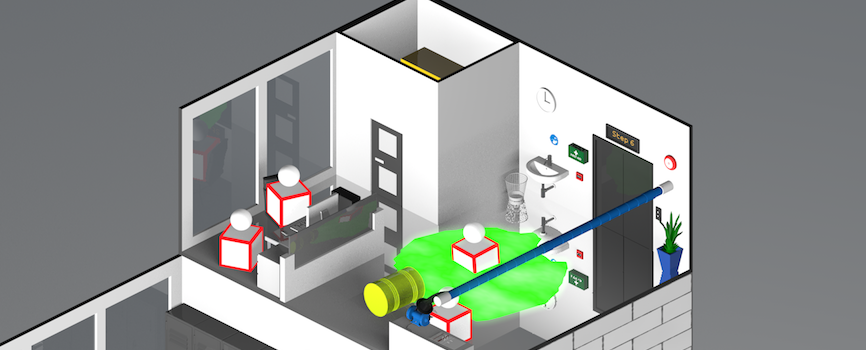What is RAAC and why is it causing a stir in the education sector?
Posted 2 years ago

Now that we’re settled into the new school year, an unexpected topic captured the attention of both politicians and education experts during the first few weeks back: concrete.
You might have come across the term “RAAC” in recent news discussions. It emerged as an urgent concern just days before the beginning of the academic year, specifically regarding the safety of schools built using RAAC materials in various parts of England. But what exactly does RAAC stand for, and why is it a cause for concern? Let’s explore.
What is RAAC?
The RAAC acronym stands for Reinforced Autoclaved Aerated Concrete, and is a lightweight form of concrete that was often used in schools and colleges between the 1950s to the mid 1990s.
Why is RAAC dangerous?
Pioneered in Sweden, the concrete was made to be bubbly, rather than filling it with gravel or crushed stone. This makes it cheaper, lighter, and easier to install. But, critically, it also makes it much less durable and is estimated to have a limited lifespan of about 30 years.
Where the material is mainly used for roofing, as well as some walls and floors, RAAC-built schools are at risk of collapsing. Now that 30 years have passed since the materials’ popularity, schools are now concerned about the structural integrity of their buildings.
What does RAAC look like?
RAAC has an open texture with open-sided bubbles often visible. RAAC is crumbly when touched and can easily be gouged with a screwdriver. Panels are typically 0.6m wide and 2.4m long with a slight chamfer to each end.
If the concrete has been heavily painted, it may be harder to identify. It’s also worth noting that whilst RAAC was mostly used on flat roofs, they can be found on pitched and sloping roofs.
What can schools do about RAAC?
According to government guidance, responsible bodies of state-funded education estates in England who suspect RAAC might be present on any of their sites must immediately inform the Department for Education.
The Department for Education will then add your education setting to the DfE Assessment Survey Programme where the buildings in question will be subject to further investigation.
Prior to further investigation by one of DfE’s contracted surveying companies, you are required to:
- Gather and supply relevant information about your buildings
- List all spaces where additional measures will be required to enable the surveyors to see the surfaces clearly
These actions may be undertaken by someone who has responsibility for building or estate management as well as day-to-day running of the school. However, you may decide to seek advice from a building professional.
The Government has issued guidance on what school leaders should do about RAAC. For more information, visit GOV.UK.

Jack Rosier
Senior Marketing Executive
Related articles



Opt-in to our newsletter
Receive industry news & offers